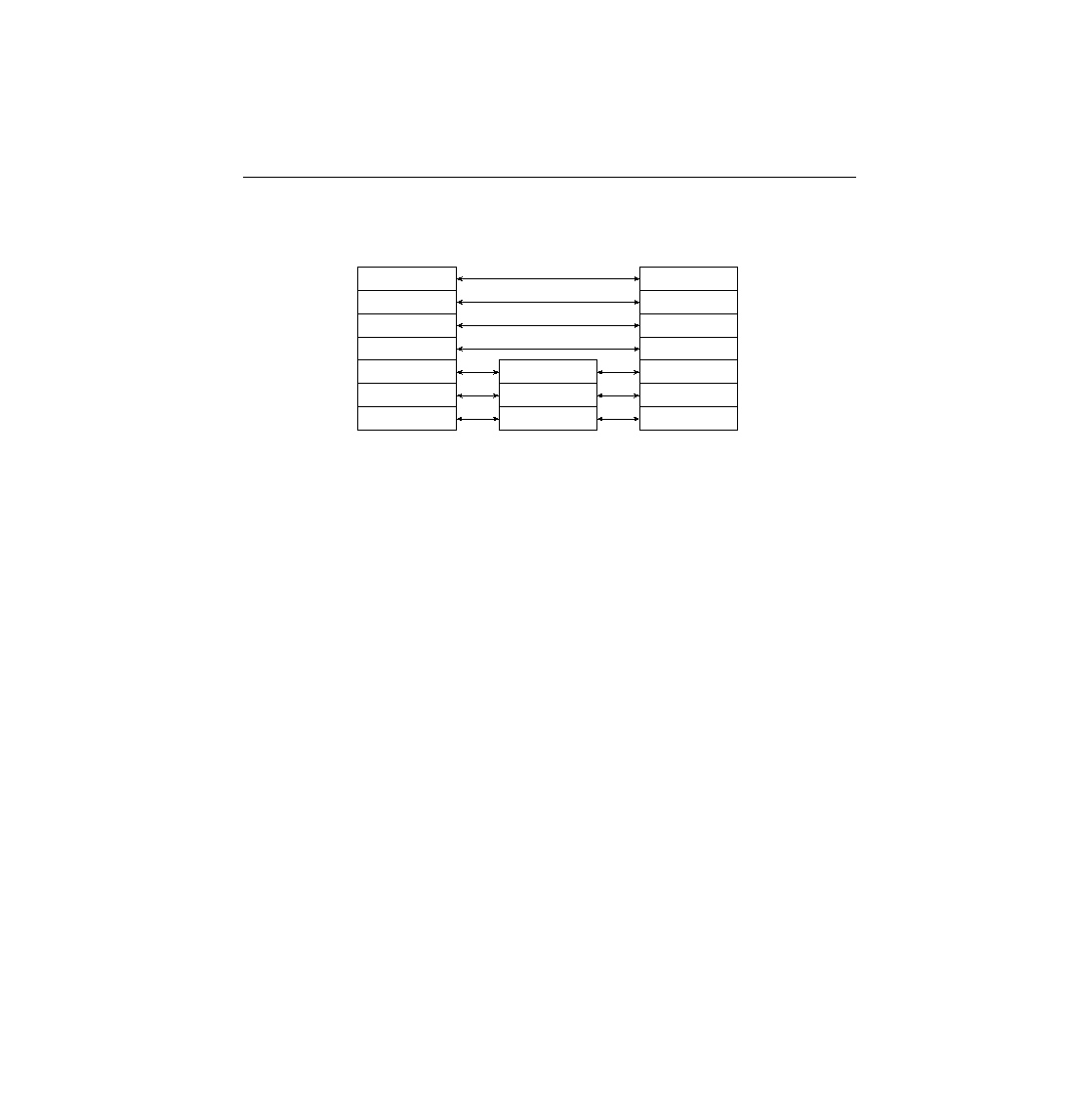
called encapsulation by Cisco documentation. As seen previously in Figure 3-2, when each
layer creates its header, it places the data given to it by the next-higher layer behind its own
header, thereby encapsulating the higher layer's data. In the case of a data link (Layer 2)
protocol, the Layer 3 header and data are placed between the Layer 2 header and the Layer 2
trailer. The physical layer does not use encapsulation because it does not use headers or trailers.
from user creation of the data until the physical signal is encoded at Step 2:
creates the application header and places the data behind it. This
data structure is passed to the presentation layer.
the data behind it. This data structure is passed to the session layer.
behind it. This data structure is passed to the transport layer.
behind it. This data structure is passed to the network layer.
behind it. This data structure is passed to the data link layer.